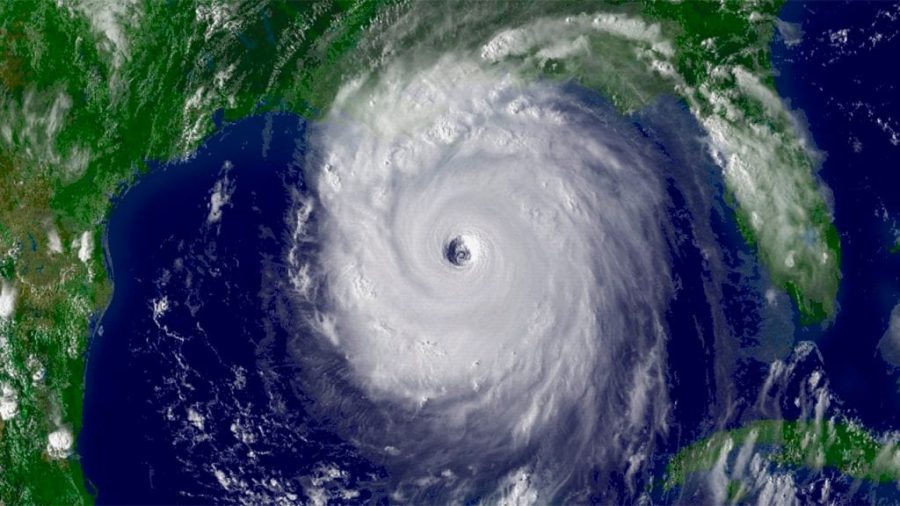Welcome to Hurricane Season
September 6, 2021
If you’ve lived in Florida for even a short period, you are more than likely familiar with the damage and anxieties associated with hurricanes. But do you know what hurricanes are and how they become such massive beings of destruction? Or how to properly prepare for one?
Tropical cyclones can be categorized in three different ways: tropic depressions, tropical storms, and hurricanes. Hurricanes are measured on the Saffir-Simpson Hurricane Wind Scale, which typically stems from category one to category five. Hurricanes are the most powerful weather system there is.
These powerful storms are created by the dangerous combination of warm water, warm air, and just the right atmospheric pressure, hence why the Gulf of Mexico is seen as one of the largest hurricane generators. How strong hurricanes become depends on how much warm water can continuously be fed into them.
As climate change forces the temperature of our oceans to increase, storms are more likely to grow bigger and cause greater damage if and when they make it to land. The most recent hurricane to pass through the Gulf Coast is a perfect example of this scenario.
Hurricane Ida made landfall in Louisiana on August 29th as a category four storm. According to the Saffir-Simpson Hurricane Wind Scale, a category four hurricane includes winds ranging from 130-156 miles per hour. Category four hurricanes are known as “extreme” hurricanes and are known to cause long-period power outages, uprooted trees, and damages to infrastructure.
Hurricane Ida grew from a small threat into a category four hurricane within a matter of hours, according to an article written by National Geographic.
“Experts say Hurricane Ida is an example of what storms could look like on a warming planet,” said Jill Trepanier, an expert in extreme weather at Louisiana State University. “It strikes the Gulf Coast on the heels of a major UN report finding strong evidence that climate change will make hurricanes rainier, slower and more capable of explosive growth”
This year’s Atlantic hurricane season kicked off on May 22nd and is projected to end on November 30th. That means we are still facing three months of endless possibilities of storms and destruction. There are different ways to prepare for hurricanes depending on where you are located.
However, some advice is reliable across the board.
Always make sure you have a few gallons of drinking water in case water lines are turned off, as well as non-perishable food items. When hurricanes hit, it may take a while for help to reach you so plan as if you will be without help for at least a few days. For this reason, you should also always have a standard first aid kit prepared along with medicines like pain relievers and allergy medications.
Make sure important documents are easily accessible and stored in a waterproof location. These documents include material having to deal with medical information, insurances, personal identification, wills or numbers to emergency services.
Florida residents should save the State Assistance Information Line (SAIL) in case of a hurricane. SAIL is a toll-free hotline activated at the time of emergencies to provide people with detailed information on what is going on around them. The number for SAIL is (800) 342-3557.
One last reliable piece of advice is to always have a few battery-powered energy sources. Flashlights and lanterns will come in handy when the power is out for weeks at a time, but remember to stash away extra batteries as well.
No matter where you are when a hurricane hits, the most important thing to do is to stay calm. Staying calm will provide you with a clear mind and ease the tensions of those around you. For Floridians, hurricane season is one of the toughest times, but being prepared can make it easier.


